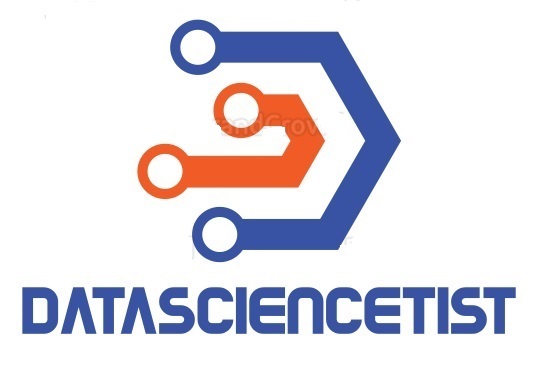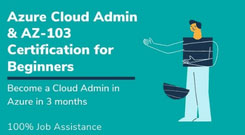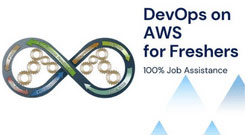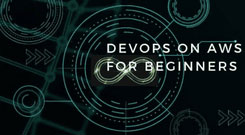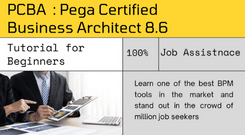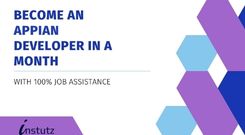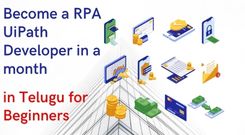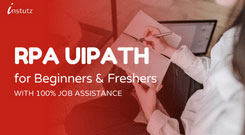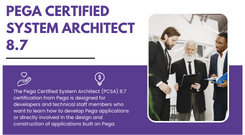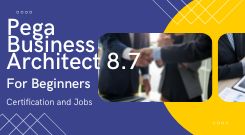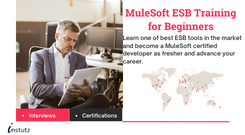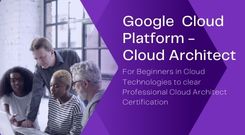Course Details
This is a hands on course which starts
from the basic foundations of the cloud computing and goes into complete
practical hands on training in AWS services and then hands on training on
various DevOps tools. The student will
be creating his/her own free tier AWS account and will work on the platform
simultaneously while learning the topics.
Here’s an overview of the topics
covered in this course:
Introduction
to Cloud Computing
The topics covered include Client
Server Computing Concepts, Challenges with Distributed Computing, Introduction
to Cloud Computing, Why and the benefits of Cloud Computing.
Cloud
Service Models
Software as a Service (SaaS), Platform
as a Service (PaaS) ,Infrastructure as a Service (IaaS).
Elastic
Compute Cloud (EC2)
Regions and Availability Zones –
Choose the right Region, Amazon Machine Images (AMI),Working with AMIs,
Choosing the right AMI, Deciding what goes into an AMI, Finding the right AMI, Pricing
model in EC2 instances, On-demand, Reserved, Spot instances, Scheduled,
Dedicated Hosts,EC2 Reserved Instance Marketplace, Importing and Exporting Instances.
Identity
and Access management (IAM)
Creation of user accounts, Setting up
multi factor Authentication (MFA), Roles in IAM, Groups in IAM, Delegation of
permissions for users, Creation of custom policies for delegation, Using
Identity Providers, Cross-Account Access, Account settings, Credential Report.
Virtual
Private Cloud (VPC)
Different types of networks that can
be setup in AWS, Creating a custom VPC, NACLs & Security Groups, Creation
of Internet Gateway(IGW), Connecting to instances in the gateway, Subnets,
Route Tables & Association, NAT Instances & NAT-Gateways, DHCP Options
Sets & DNS, VPC Peering, VPN overview & components
Cloud
Front
How CloudFront Delivers Content,
Working with Distributions, Working with Web Distributions, Working with
Objects, Request and
Response Behaviour, Serving Private Content through CloudFront, Using an HTTPS
Connection to Access Your Objects.
Cloud
watch
Debugging cloud related issues,
Monitoring the AWS Service Health Dashboard, Monitoring with Cloud watch,
Getting statistics for a specific EC2 instance, Getting aggregated statistics,
Metrics for other AWS Services and related namespaces, Setting up
notifications.
Cloud
Tail
Event history activity, Monitor logs,
Operational activity, Risk auditing.
Elastic
Load Balancer (ELB)
What Is Elastic Load Balancing, How
Elastic Load Balancing Works, Classic & App ELB types. Creating load
balancer, Internal & External Load balancers, Load balancing protocols,
Listener Configurations, SSL Negotiation Configurations, Attach & Detach
Subnets, Security groups for the load balancer, Configure health check for the
load balancer, Adding multiple instance to the load balancer, Custom Domain
Names, Cross-Zone Load Balancing, DNS Failover, Sticky Sessions.
Simple
Email Services (SES), Simple Queue
Service (SQS), Simple Notification Services (SNS)
DevOps Tools
GIT
GIT Introduction, Why GIT,
GIT Terminology, Installing GIT, Configuration, Clone
and GIT Basic workflow, GIT Commands, Steps to GIT Commit, Push and Pull, GIT
Tags ,GIT Stash
Docker
Introduction
to Docker Community Edition, Installing Docker on CentOs, Running a Container,
Introduction to Docker Images, The components of a Docker file, Managing Images,
Using Docker Registries, Docker Networking, Built-In Network Drivers, Creating
a Docker Network, Docker Inspect, Docker Hub, Docker Storage, Docker Swarm.
Jenkins
Jenkins
Introduction, Installing Jenkins on Windows and Linux, Creating Free Style
Projects, Creating Pipeline Project for Build, Test and Report, Configuration
of Jenkins, Jenkins Blue Ocean, Jenkins with Docker.
Ansible
What is
Ansible, How Ansible Works, Ansible Installation, Ansible Configuration, PlayBooks,
Ansible Roles, Ansible Vaults.
Requirements
- Basics in Linux Commands
- Windows PC
- Free tier account on AWS
Skills Acquired
- Creation of AWS cloud servers using Linux.
- Building Scalable systems
- Cloud Architecture
- DevOps Tools like Ansible, Jenkins, Docker etc
FAQ
Answer: Yes. The videos are recorded during live class sessions. This is done to ensure the teaching flow, interaction with students and the essence of the class remain in tact and give maximum learning experience to the students accessing these videos.
Answer: Yes. It has both English and Telugu explanation. It is suitable for Telugu speakers.
Answer: Yes. It is possible to get a job. For complete job assistance please contact Datascientists institute using messaging dash board after enrolling in this course.
Answer: Since, these are self paced learning videos, refund option is not available. But for another version of the same course or live session by Datascientists, please contact us by sending us an email to support@instutz.com
Answer: Yes.It is possible. Please send your requests to support@instutz.com. It is highly recommended to finish this course within the given time frame.

